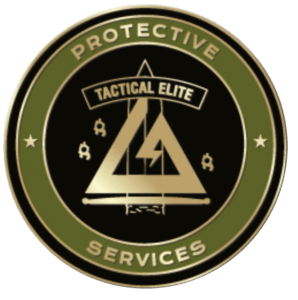In today’s fast-paced world, security cameras have become an integral part of our lives. Whether you want to protect your home, monitor your business, or enhance the security of any other property, selecting the right security cameras is crucial. With a wide range of options available in the market, it’s essential to understand the key factors to consider when making your decision. In this blog post, we will guide you through the process of choosing the best security cameras to meet your specific requirements.
- Determine your surveillance goals:
The first step in choosing the best security cameras is to identify your surveillance goals. Ask yourself questions such as:
- What areas do you want to monitor?
- Do you need cameras for indoor or outdoor use?
- What level of image quality do you require?
- Do you need specialized features like night vision, facial recognition, or motion detection?
Understanding your surveillance goals will help you narrow down your options and focus on cameras that meet your specific needs.
- Consider camera types:
Security cameras come in various types, each designed for specific applications. Some common types include:
- Dome Cameras: These cameras have a compact, dome-shaped design and offer a wide field of view. They are suitable for indoor installations and provide a visible deterrent effect.
- Bullet Cameras: Bullet cameras are more noticeable and are often used for outdoor surveillance. They offer long-range coverage and are resistant to dust, rain, and other environmental factors.
- PTZ Cameras: PTZ (Pan-Tilt-Zoom) cameras provide the flexibility to remotely control their movement, allowing you to monitor a larger area with a single camera.
- Wireless Cameras: Wireless cameras offer easy installation and flexibility in terms of placement. They use Wi-Fi to transmit video signals to a recording device or a cloud storage service.
Consider the pros and cons of each camera type based on your specific requirements and select the one that best suits your needs.
- Assess image quality:
Image quality plays a vital role in security camera systems. Look for cameras with high-resolution capabilities, preferably at least 1080p Full HD, to ensure clear and detailed footage. If you require more detailed imaging, consider cameras with 4K Ultra HD resolution. Additionally, check for features such as wide dynamic range (WDR) and low-light performance to ensure optimal image quality in various lighting conditions.
- Evaluate storage options:
Decide how you want to store and access your surveillance footage. There are two primary storage options:
- Local Storage: Cameras with local storage allow you to save the video footage directly to a DVR (Digital Video Recorder) or NVR (Network Video Recorder) device connected to the camera system.
- Cloud Storage: Cloud-based storage services offer remote access to your video footage from anywhere. This option provides additional security against data loss or theft.
Consider the amount of storage required, cost implications, and accessibility preferences to determine which option suits you best.
- Review additional features:
Lastly, consider any additional features that might enhance the effectiveness of your security cameras. Some common features to look for include:
- Night Vision: If you require surveillance during low-light conditions or at night, choose cameras with infrared (IR) or low-light technology for clear visibility.
- Motion Detection: Cameras with motion detection capabilities can alert you when there is movement in the monitored area, helping you to quickly identify any potential threats.
- Remote Viewing: Ensure that the security cameras you choose offer remote viewing capabilities, allowing you to monitor your property from your smartphone, tablet, or computer.
- Integration with Security Systems: If you have an existing security system, check if the cameras are compatible and can be integrated for a more comprehensive surveillance setup.
Conclusion:
Selecting the best security cameras requires careful consideration of your surveillance


